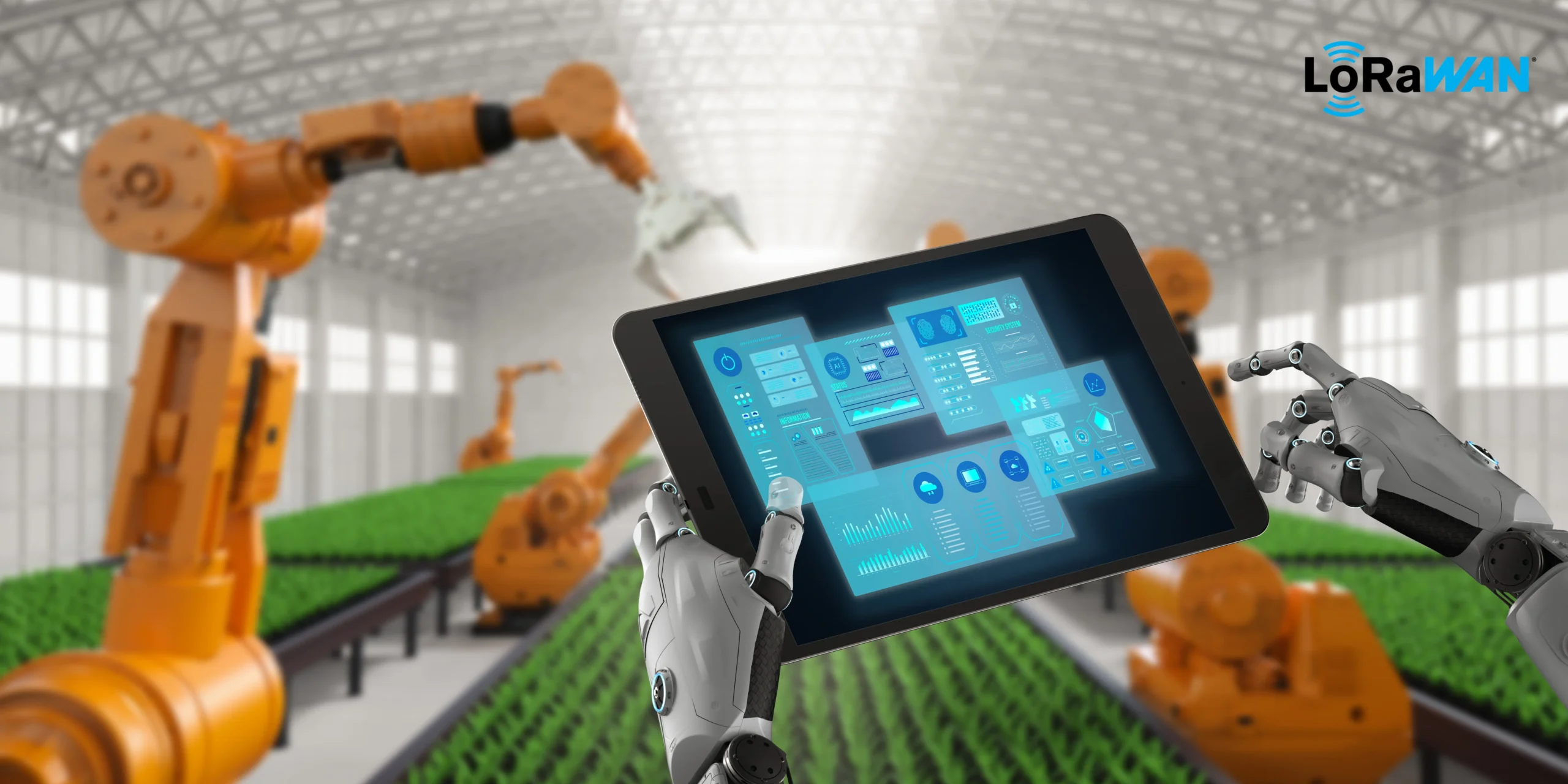In today’s world of interconnected devices, choosing the right technology for communication is crucial. LoRaWAN, or Long Range Wide Area Network, has emerged as a game-changer in the realm of the Internet of Things (IoT). But when should you opt for LoRaWAN over other technologies? This article will break down the ideal scenarios for using LoRaWAN, explaining its features and use cases.
What Is LoRaWAN?
LoRaWAN is a networking protocol built on LoRa (Long Range), a wireless communication technology. LoRa enables long-distance communication with low power consumption, while LoRaWAN provides the framework for managing devices in a network. Together, they allow devices to transmit small amounts of data efficiently over vast distances.
Key Features
- Long-Range Communication: Ideal for covering large areas such as farms or cities.
- Low Power Consumption: Sensors can run on batteries for years.
- Low Data Rate: Suitable for applications that don’t require real-time or high-speed data transmission.
- Scalability: Supports thousands of devices within a single network.
When Should You Use LoRaWAN?
1. When You Need Long-Range Connectivity
LoRaWAN shines in scenarios where devices are spread out over large geographical areas. For example:
- Smart Agriculture: Connecting soil sensors across large fields to monitor moisture levels.
- Rural Infrastructure Monitoring: Managing water pipelines or electricity grids in remote locations.
The ability to transmit signals over distances up to 10 km in rural areas makes LoRaWAN ideal for such applications.
2. When Devices Require Low Power Consumption
Battery life is critical in IoT devices that operate in remote or hard-to-reach areas. LoRaWAN enables devices to function on small batteries for up to 10 years, making it perfect for:
- Environmental Sensors: Tracking air quality or weather patterns.
- Wildlife Monitoring: Tagging animals for conservation studies.
3. When Real-Time Data Is Not a Priority
LoRaWAN is designed for sending small packets of data periodically rather than in real-time. It’s best used when slight delays in data transmission are acceptable, such as:
- Utility Metering: Sending periodic readings from water, gas, or electricity meters.
- Smart Parking Systems: Updating parking space availability every few minutes.
4. When You Need Cost-Effective Solutions
LoRaWAN operates on unlicensed frequency bands, reducing operational costs compared to cellular networks. It’s an excellent choice for budget-conscious projects like:
- Community Projects: Setting up a shared network for local businesses.
- Disaster Management Systems: Deploying low-cost flood or earthquake sensors.
5. When Scalability Is Important
If you’re planning a project with thousands of IoT devices, LoRaWAN provides seamless scalability. Examples include:
- Smart Cities: Managing streetlights, waste bins, and traffic sensors.
- Industrial IoT: Monitoring machinery and equipment in large factories.
6. When Operating in Challenging Environments
LoRaWAN excels in areas where other technologies struggle due to signal interference or lack of infrastructure. This includes:
- Underground Systems: Monitoring mining operations or subways.
- Dense Urban Areas: Managing smart building systems with minimal interference.
Advantages
- Global Adoption: Widely supported with a growing ecosystem of devices and solutions.
- Ease of Deployment: Simple to set up and manage without extensive infrastructure.
- Reliable Performance: Works effectively even in adverse conditions.
Scenarios Where LoRaWAN Might Not Be the Best Fit
While LoRaWAN is versatile, it’s not a one-size-fits-all solution. Avoid using LoRaWAN for:
- High-Speed Data Needs: Opt for cellular or Wi-Fi for real-time video streaming or large file transfers.
- Short-Range Communication: Bluetooth or Zigbee might be more efficient.
- High-Power Applications: Systems requiring significant energy may not benefit from LoRaWAN’s low-power design.
Conclusion
LoRaWAN is a powerful tool for connecting devices across vast areas with minimal energy and cost. Its applications span smart cities, agriculture, industrial IoT, and more, making it an indispensable choice for IoT enthusiasts and professionals.
